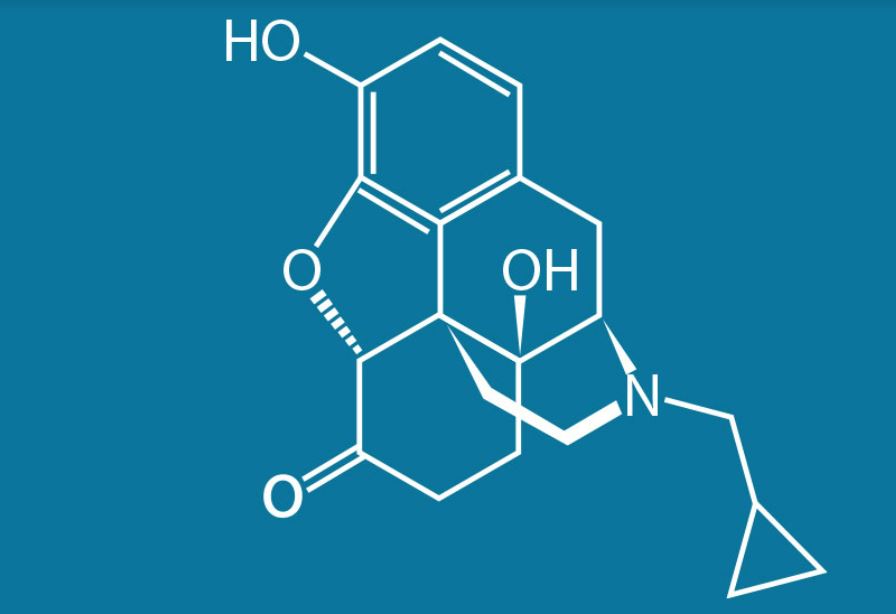- LDN is most commonly being used for Chronic Fatigue Syndrome, multiple sclerosis, myalgic encephalopathy, autoimmune thyroid diseases, and various cancers. Many autoimmune diseases seem to respond to LDN.
- LDN is a pure inhibitor, so there is no narcotic effect. The chemical structure is almost identical to endorphins that we make naturally called met-enkephalin, also known as OGF or Opioid Growth Factor.
- For low doses of naltraxone, most of the research studies have used 4.5mg per day. Doses range from 0.001mg – 16mg in clinical practice.
- Endorphins are your natural peptides produced in many cells which regulate cell growth, including your immune cells.
- Many patients who have autoimmune disease tend to have low levels of endorphins, Met-enkephalin, aka opioid growth factor (OGF), an important immunomodulatory.
- Opioid receptors are in the central and the peripheral nervous system, the GI tract, and on lymphocytes by using LDN you receive a brief blockade, creating a rebound effect giving you more endorphins, including OGF, and increased production of the OGF receptors
How does LDN work?
Naltrexone, when given at a low dose, has antagonistic activity and is able to modify biological functions of receptor groups by suppressing unwanted immune reactions, or by stimulating disease-suppressed immune activity.

